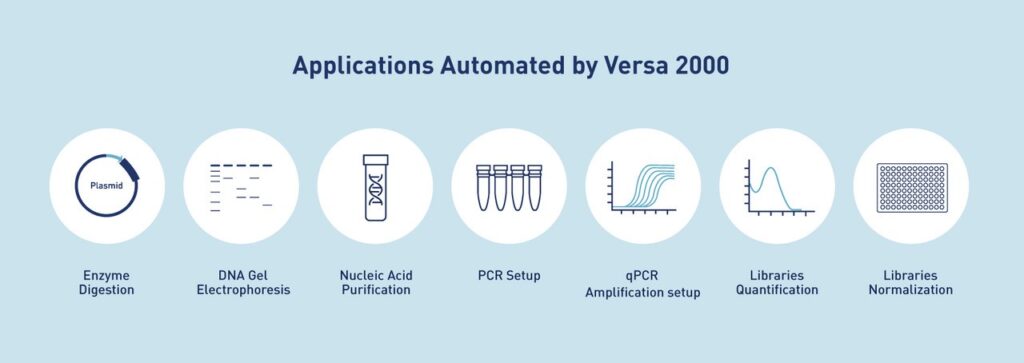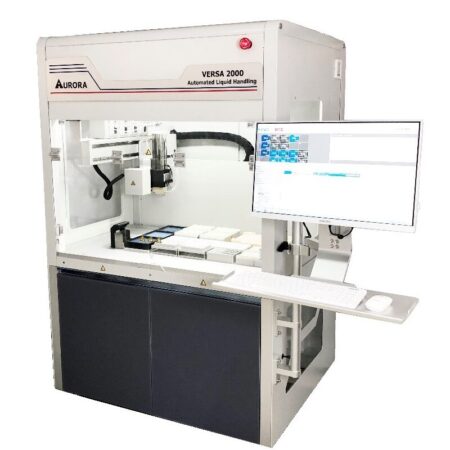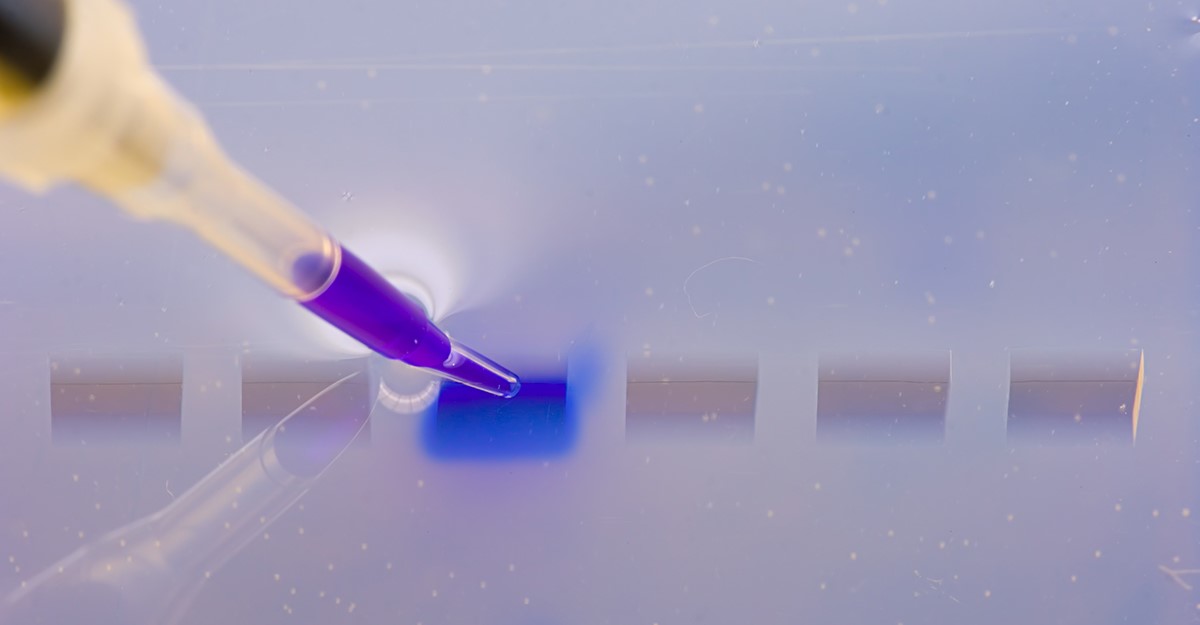Enzyme digestion and DNA gel electrophoresis are fundamental techniques that enable researchers to analyze and manipulate DNA fragments. Enzyme digestion involves the targeted cleavage of DNA by specific enzymes, while DNA gel electrophoresis sorts fragments based on their size. These techniques have found applications across various fields, including genetic analysis, genetic engineering, and diagnostics.
However, the traditional manual execution of these techniques comes with its own set of challenges. It is a laborious and time-consuming process, and it is prone to human errors. Variability in pipetting, mixing, and incubation can introduce inconsistencies, which can impact the reliability of results. Moreover, the manual nature of these processes limits their throughput, which hinders large-scale experiments and high-throughput investigations.

Benefits of Automation
The incorporation of automation technology in the preparation of enzyme digestion and DNA gel electrophoresis samples has brought about significant improvements in laboratory experimentation. Thanks to this technology, researchers can benefit from increased precision, speed, and efficiency, while minimizing the limitations and challenges that arise from manual sample preparation methods.
- Increased Precision: Automation greatly enhances the precision of experimental procedures such as pipetting, mixing, and incubation. This leads to reduced variability and more consistent results, which is crucial for experiments where small deviations can significantly affect outcomes.
- Optimized Time Efficiency: Automated systems streamline the process by reducing the need for manual intervention, substantially cutting down the time required for sample preparation. This allows researchers to conduct experiments more swiftly and focus on other critical aspects of their work.
- Higher Throughput and Capacity: Automation enables the parallel processing of multiple samples, thus increasing the experimental capacity and throughput. This is especially valuable for large-scale studies or when high volumes of samples are needed, enhancing overall laboratory productivity.
- Standardization and Equalization of Expertise: Automated systems mitigate the influence of individual operator skills on the experimental results. This standardization ensures that researchers at different expertise levels can achieve similar results, promoting inclusivity and enabling collaborative research efforts.

Embracing the Future of Automated Enzyme Digestion and DNA Gel Electrophoresis Sample Preparation
The automation of enzyme digestion and DNA gel electrophoresis sample preparation is a significant achievement in biotechnology. It improves experimental precision, speeds up research timelines, and expands the possibilities for scientific exploration. As automation becomes more widespread, researchers can focus their efforts on interpreting data and innovating, driving the field towards discoveries that were previously impossible due to manual limitations.
By embracing automation, scientists are not only adopting a new methodology but also joining a transformative movement that enables them to unlock the mysteries of life with unparalleled efficiency. With automation as an essential tool, researchers are positioned to shape the trajectory of biological and medical advancement, one carefully prepared sample at a time.
Aurora has developed the VERSA 2000 automated liquid handling workstation with 30 deck positions to simplify the process of preparing samples for enzyme digestion and DNA gel electrophoresis. This innovation improves experimental efficiency, reduces manual errors, and supports biological research significantly.

- The gel adapter securely holds the agarose gel in place.
- The temperature control module effectively maintains experimental heat requirements and ensures the proper cold storage conditions for reagents and samples.
- The safety hood features efficient filtration, HEPA and UV disinfection, and LED lighting, safeguarding both the operator and the samples while preventing environmental contamination.
- The system’s flexible module configuration is designed for compatibility with a wide range of experimental consumables and reagents, enhancing its versatility.
- The heating oscillator combines heating and shaking capabilities, optimizing laboratory space utilization and minimizing the risk of cross-contamination that can occur from moving the disks around.
- It features precise ZY directional movement, enabling accurate distribution of samples into each well on the dispensing board, ensuring high efficiency in sample handling.
- The device boasts exceptional pipetting accuracy, with a coefficient of variation (CV) of less than 5% at 1 μL and less than 3% at 2 μL, ensuring reliable sample volume delivery.
- It offers a substantial disk capacity, accommodating a maximum of standard-sized disks, which allows for extensive experimentation without the need for frequent disk changes.
Enzyme Digestion Sample Preparation
-3.gif)
Gel Electrophoresis Sample Preparation
-4.gif)



